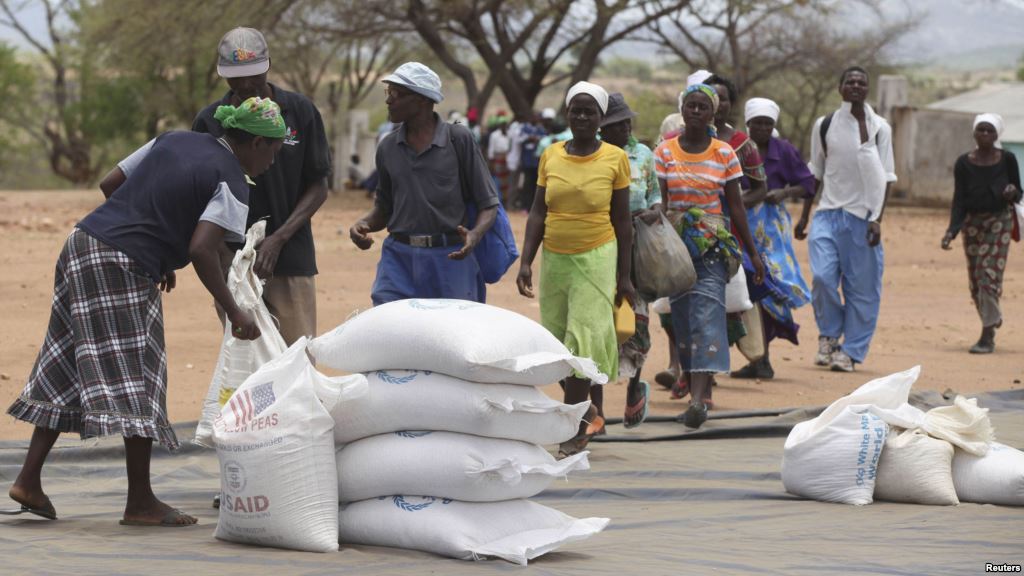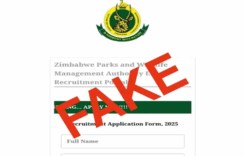At least half of Zimbabwe’s population was already facing food shortages before the world was hit by the coronavirus crisis.
Now, the COVID-19 pandemic has disrupted food distribution and supply chains, leaving a majority of both rural and urban poor exposed to serious food and nutrition insecurity.
- A national lockdown ordered on March 30 to help stem the spread of COVID-19 triggered panic food buying and pushed up prices in the crisis-ridden economy.
- Access to food to a majority of people in Zimbabwe still remains a big challenge as the country grapples with a drought.
- According to the latest Food Price Monitoring and Analysis (FPMA) report of the Food and Agriculture Organisation (FAO), the price of the staple maize has risen sharply largely over weak production prospects for the 2019/2020 crop, low national reserves and unstable an currency,
- A recent nationwide assessment called Integrated Food Security Phase Classification shows the number of “acutely food insecure” Zimbabweans has risen to 4,3 million from 3,8 million in December 2019.
- The World Food Programme (WFP) estimates that food shortages are affecting about 7,7 million people in the country.
- To avert wider and severe desperation some food aid distribution programmes are still being carried out to minimise the impact of the pandemic on the poor.
This a snapshot of some of the initiatives by humanitarian organisations, the government and the private sector supporting communities facing food insecurity during the COVID-19:
| Org/Agency | Total Budget | Budget Appeal | Nature of Assistance | Areas Covered | Target | Timeline |
| WFP | US$472m | Urgent US$130m | Grants/Cash vouchers | countrywide | March 3.7m/ April 4.1m | to Dec 2020 |
| Zim Gvt | ZW$1bn | Current ZW$600m | cash transfers | countrywide | 1m (ZW$600m for 6months) | 1yr |
| GMAZ | 200 monthly food hampers | countrywide | medical staff | indefinite | ||
| Innscor/Liquid Telecom | 30 tonnes maize meal | countrywide | medical staff | once off |
***South Korea donated US$200 000 and the USAID US$113,7m to the WFP for Zimbabwe
***WFP recently made an additional appeal of US$21m, a funding shortfall on top of the existing gap of US$130m
*** Zimbabwe government cash transfer is about ZW$200, which is not enough to adequately feed the vulnerable in an inflationary environment (Exchange Rate 16.04.20. US/ZW$ official US$ – ZW$25, Black market rates US$ – ZW$49,3, Zimra rates US$ – ZW$46.5)
Do you want to use our content? Click Here












